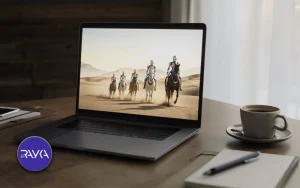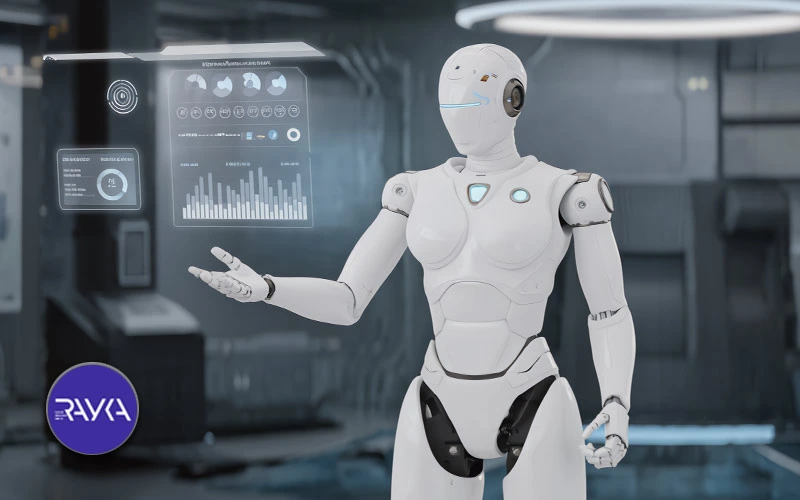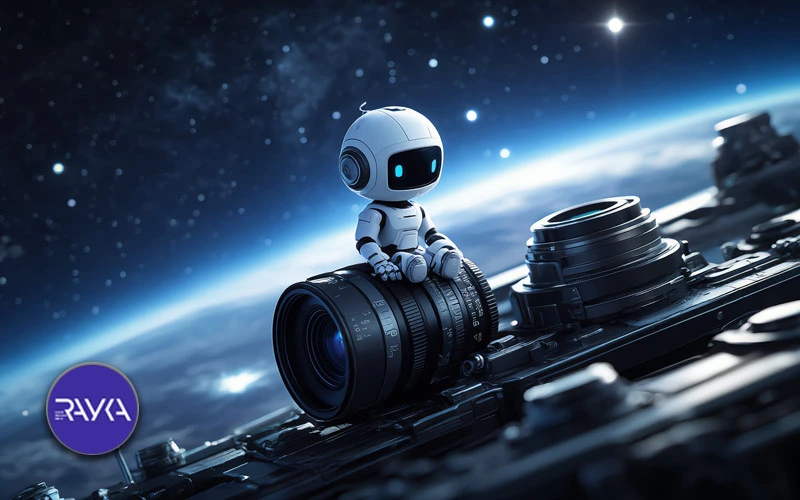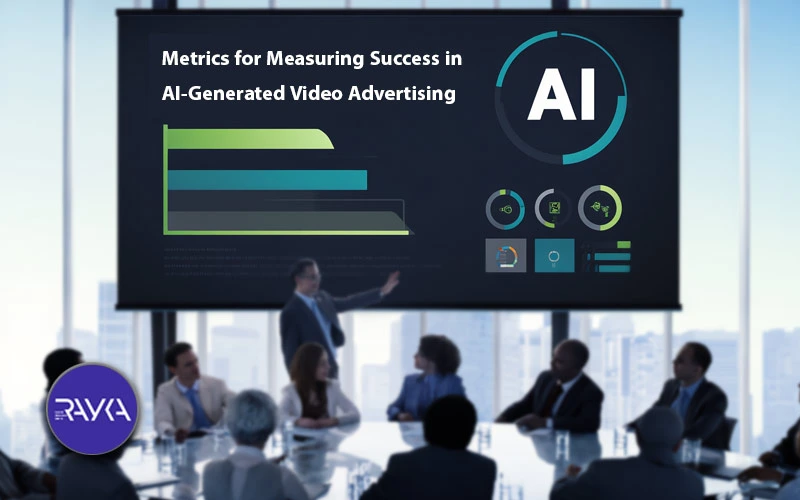
In 2025, the advertising landscape has been significantly reshaped by artificial intelligence (AI). AI-generated video ads have emerged as a prominent force, offering unprecedented opportunities for personalization, automation, and creative innovation. This paper examines the most successful instances of AI-generated video ads in 2025, analyzing how these campaigns leverage technology to enhance creativity, capture audience attention, and achieve marketing objectives. We delve into specific examples that showcase the cutting-edge applications of AI in advertising, exploring the delicate balance between technological capabilities and ethical considerations.
Looking towards 2025, AI’s impact on advertising extends far beyond the initial automation of tasks like ad targeting. AI now generates original video content, tailors messaging to individual viewers, and even modifies creative elements in real-time based on audience interactions. As such, the role of human creatives is evolving, with greater emphasis on strategic vision, curating AI-generated outputs, and ensuring brand consistency across all AI-driven campaigns.
Several key technologies underpin the success of AI-generated video ads:
GANs enable the creation of realistic and visually appealing video content by pitting two neural networks against each other – one generates content, and the other evaluates its authenticity.
NLP allows AI algorithms to understand and generate human-like text, enabling the creation of compelling video scripts and personalized messaging.
Computer vision algorithms can analyze visual data, identify objects, and understand the context of video footage, facilitating automated editing and content generation.
ML algorithms learn from vast amounts of data to optimize video content for specific audiences, predict viewer behavior, and improve ad performance
DL is a subset of ML that has revolutionized AI in recent years, particularly in areas like computer vision and natural language processing.
This AI is able to generate realistic-sounding voice overs in several different languages.
These are software platforms that enable a video editor to quickly create an AI powered promotional teaser for clients.

This section presents a detailed analysis of three exemplary AI-generated video ad campaigns. You can also learn about more brands that have used AI to create their video ad campaigns by reading the article Brands That Have Used AI in Advertising.
Personalized Shopping Experience!!!!!
H&M’s “Digital Twins” campaign represents a groundbreaking approach to personalized shopping experiences. The company utilized AI to create digital avatars of individual customers based on their body measurements, style preferences, and purchase history. These digital twins were then “dressed” in H&M’s latest clothing lines and featured in personalized video ads showcasing how the clothing would look on the customer’s own body.
The campaign leveraged sophisticated 3D modeling, computer vision, and machine learning algorithms to create realistic digital twins. AI algorithms analyzed customer data to personalize clothing recommendations and tailor the video content to individual preferences.
Analysis of the ‘Digital Twins’ campaign revealed a marked improvement in customer engagement, with personalized video ads achieving click-through rates three times greater than those of conventional advertising. The data also indicated a positive correlation between the use of digital twins and purchase behavior, suggesting that personalized video advertising significantly influences purchasing decisions.
KitKat’s “Have AI Break” initiative represents an innovative approach to integrating AI into their marketing strategy. The campaign utilized AI to generate unique and whimsical video ads designed to encourage viewers to take a break and enjoy a KitKat bar. The AI algorithms analyzed trending topics, social media conversations, and cultural events to create relevant and engaging video content.
KitKat partnered with an AI development company to create a custom AI algorithm capable of generating video ads based on pre-defined brand guidelines and creative parameters. The algorithm was trained on a vast dataset of KitKat commercials, social media posts, and customer feedback to ensure that the generated content aligned with the brand's identity and values.
The "Have AI Break" initiative generated significant buzz on social media, with many viewers sharing the AI-generated video ads and praising KitKat's innovative approach to marketing. The campaign also resulted in a noticeable increase in brand awareness and positive sentiment, particularly among younger demographics. This also shows AI can be leveraged for engaging visual content.

Heinz’s campaign exemplifies the use of AI to produce unique and engaging visual content. The company tasked an AI algorithm with generating images of ketchup based on a simple text prompt. The resulting images, ranging from realistic depictions to abstract interpretations, were then used in a series of video ads showcasing the versatility and iconic nature of Heinz ketchup.
Heinz utilized a commercially available AI image generation tool (e.g., DALL-E 3, Midjourney) and provided it with various text prompts related to ketchup. The AI algorithm then generated a series of images based on these prompts, which were subsequently curated and incorporated into video ads
The "AI-Generated Ketchup Visuals" campaign generated significant media attention and sparked conversations about the role of AI in creativity. The campaign also resonated with consumers, who appreciated the unconventional and visually striking nature of the ads. Heinz saw a measurable increase in social media engagement and positive brand mentions as a result of the campaign. Heinz also demonstrates how to take a commodity product, like Ketchup, and use AI to show the versatility of a product.
The future of video ad creation in 2025 is a dynamic partnership between human and artificial intelligence. While AI excels at content generation and optimization, human creatives will maintain strategic control.
They’ll provide the brand vision, establish creative guidelines, and refine AI-generated content to ensure alignment with marketing objectives and brand values. By utilizing the best AI video generators in 2025, this collaborative approach leverages AI’s capabilities to boost efficiency while preserving the critical role of human creativity
The increasing use of AI in video advertising raises several ethical considerations and challenges:
Beyond traditional metrics such as click-through rates and conversion rates, measuring the success of AI-generated video ads requires a more nuanced approach:

Looking ahead, several key trends are expected to shape the future of AI advertising video.
To determine the effectiveness of your AI video marketing efforts, track the following KPIs:
AI-generated video ads represent a significant advancement in the field of advertising, offering unprecedented opportunities for creativity, personalization, and efficiency. The case studies examined in this paper demonstrate the transformative potential of AI in capturing audience attention, driving engagement, and achieving marketing objectives. As AI technology continues to evolve, it is crucial to address the ethical considerations and challenges associated with its use. By embracing a collaborative approach that combines human creativity with AI-driven automation, businesses can unlock the full potential of AI-generated video ads and create impactful marketing campaigns in the years to come.Now is the best time to leverage AI in your video marketing strategy. Start experimenting with free AI tools today and discover the transformative potential of AI-powered video. By using AI Video and promotional teasers you can greatly improve your brand awareness.